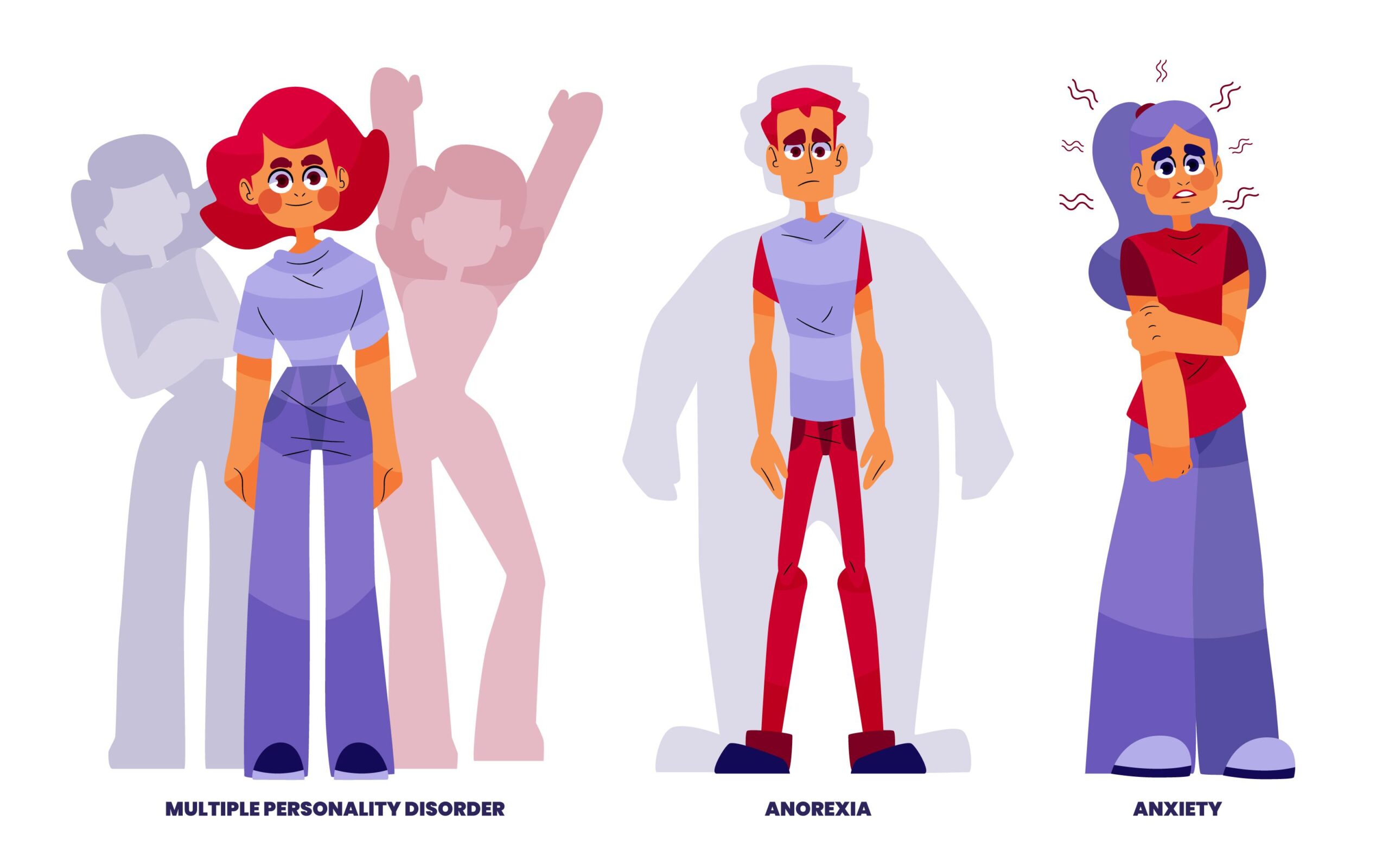Body Dysmorphic Disorder
Overview
Body Dysmorphic Disorder (BDD) is a mental health condition characterized by an obsessive focus on perceived flaws in one’s appearance, which are often unnoticeable to others. Individuals with BDD may engage in repetitive behaviors, such as mirror checking or seeking reassurance, leading to significant distress and impairment in daily functioning.
Key Facts
- Prevalence in India: Approximately one million cases of BDD are reported annually in India.
- Age of Onset: BDD typically manifests during adolescence, a critical period for self-image development.
- Gender Distribution: While BDD can affect individuals of any gender, studies indicate a higher prevalence among women.
Symptoms and Patterns
Individuals with BDD often exhibit the following symptoms:
- Preoccupation: Persistent thoughts about perceived physical defects, commonly focusing on facial features, skin imperfections, or body size.
- Compulsive Behaviors: Engaging in actions such as excessive grooming, skin picking, or frequent mirror checking to address or conceal perceived flaws.
- Avoidance: Steering clear of social situations or public places due to self-consciousness about appearance.
- Distress: Experiencing significant anxiety or depression related to body image concerns.
Risk and Protective Factors
Risk Factors:
- Cultural Influences: Societal emphasis on specific beauty standards can exacerbate body image dissatisfaction.
- Media Exposure: Constant exposure to idealized body images through social media and advertising may contribute to unrealistic self-expectations.
- Genetic Predisposition: A family history of mental health disorders can increase susceptibility to BDD.
Protective Factors:
- Positive Self-Esteem: Developing a healthy self-image and self-acceptance can mitigate the risk of BDD.
- Supportive Environment: Encouragement from family and friends fosters resilience against negative body perceptions.
- Media Literacy: Critical engagement with media content helps individuals recognize and challenge unrealistic beauty standards.
Treatment and Care
Effective management of BDD often involves a combination of therapeutic approaches:
- Cognitive Behavioral Therapy (CBT): A structured form of therapy that helps individuals identify and modify distorted thought patterns related to body image.
- Medication: Selective Serotonin Reuptake Inhibitors (SSRIs) are commonly prescribed to alleviate obsessive thoughts and compulsive behaviors associated with BDD.
- Psychoeducation: Educating patients and their families about BDD to promote understanding and support.
Psychological and Psychosocial Interventions
Beyond traditional treatments, several interventions can support individuals with BDD:
- Mindfulness Practices: Techniques such as meditation and deep-breathing exercises can help reduce anxiety and improve body awareness.
- Support Groups: Participating in groups with others facing similar challenges provides a sense of community and shared understanding.
- Art Therapy: Creative expression through art can serve as an outlet for emotions and promote self-acceptance.
Conclusion
Body Dysmorphic Disorder is a significant mental health concern that affects many individuals in India. Recognizing the symptoms and understanding the contributing factors are crucial steps toward effective intervention. With appropriate treatment and support, individuals with BDD can work towards improved mental health and a better quality of life.


